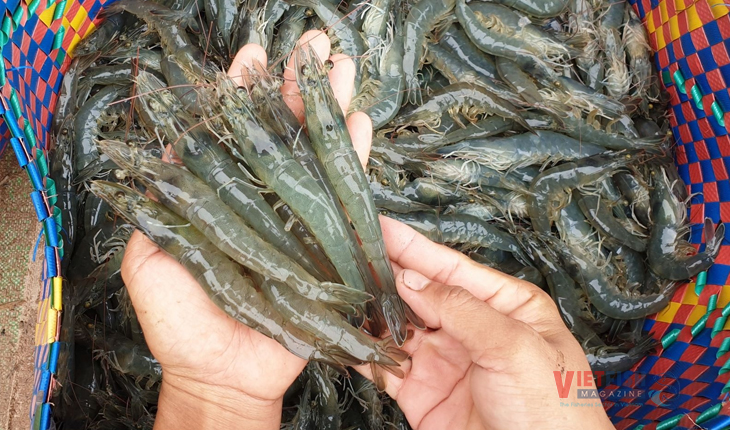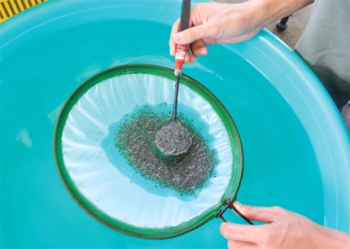Under the influence of COVID-19 pandemic, Vĩnh Hoàn’s profit records a decrease by half in Quarter II
Vĩnh Hoàn Corporation (securities symbol: VHC) has just announced its financial report of Quarter II with a plunge in business results due to the deleterious effect of COVID-19 pandemic.
Service providing and sales revenue decreased by 18% in Quarter II with a worth of 1,666 billion dong. Net price of sales reached 1,310 billion dong, down by 18%. The gross margin reached 19.1%.
As a result, the Corporation reported a profit of 215 billion dong in Quarter II, down 49% compared to the same period last year. According to the explanation statement by leaders, the plunge of earnings after tax was attributed to a decrease of selling prices as compared to the same period last year.
Besides, the coronavirus pandemic has somehow disrupted the Corporation’s business.
Vĩnh Hoàn said that its total revenue decreased by 36% in the first half of 2020, as compared to the same period last year, which was driven by a slump in sales of pangasius, down 44% with 411 billion.
However, revenue from health protection products and value-added products recorded an increase by 41% and 28% respectively, which partly compensated the slump of pangasius sales.
In the first six months of 2020, the Corporation reported a profit of 368 billion dong, down 49% compared to the same period last year and reaching 46% of the 2020 growth scenario originally given by leaders.
If compared to a high growth scenario, Vĩnh Hoàn achieved 34% of the plan.
Its margin in the first half of 2020 reached 16%, 22.4% lower than the same period last year.
This result is accepted in the face of harrowing time of the domestic market and exports.
According to data by the Ministry of Agriculture and Rural Development, pangasius material prices in the Mekong Delta in the first half of 2020 stayed low, around 18,000-18,200 dong/kg (pangasius type I, size 700-900 pcs/kg). Meanwhile, production cost was 20,000-21,000 dong/kg.
Most large companies don’t buy pangasius from outsiders but from members of the supply chain. Just a few small companies buy fish from outsiders.
Stagnant business was attributed to poor sales with less orders, high unsold stocks and low export prices.
Pangasius exports in the first six months of 2020 reached $106.6 million, down by 39%.
The Ministry of Agriculture and Rural Development presumed that if the epidemic can contain the pandemic and open the economies, pangasius exports can have an opportunity to recover.
In an online round table workshop with topic “After COVID-19: proactive position in front of new opportunities” in the afternoon of June 18, Nguyễn Ngô Vi Tâm, CEO of Vĩnh Hoàn Corporation said that the pangasius sector was facing a risk of the second surge of coronavirus with deleterious effects.
“Last but not least, another difficulty faced by the fisheries industry is material which would be difficult to recover if the line is interrupted. Vĩnh Hoàn learnt from the second surge of COVID-19 in China that stockpiles are really necessary”, said Tâm.
She said that companies should increase production and competitiveness in the segment of high value added products and hi-tech appliances.
VFM






